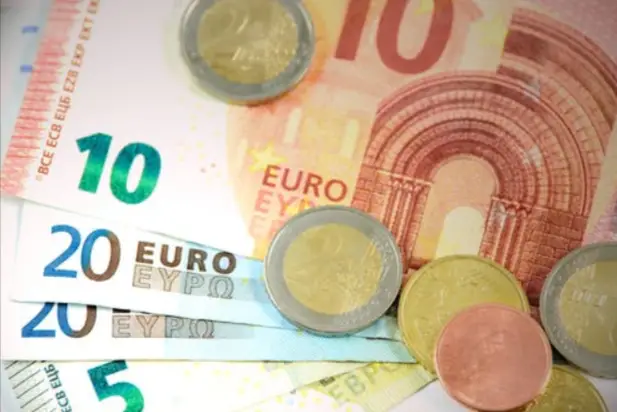Forex trading, or exchanging fiat currencies, has been around since the Babylonian era. The forex market has grown into one of the world’s largest, most liquid, and most accessible.
Forex traders should understand the market’s history and the major historical events that shaped it to make better decisions when trading EUR/USD. The same events may occur in various but similar ways in the future, altering the market environment. History tends to repeat itself.
Key Highlights of Forex Trading History
Throughout history, important events have shaped the currency trading environment. The oldest documented trading took place in Mesopotamia in 6000 BC. What began with a traditional barter system for goods and salt soon became an exchange for gold. Since then, the trading system has developed in leaps and bounds. Here are some highlights:
The Bretton Woods System
Starting around 1944 and ending in 1971, the Bretton Woods System was the first major overhaul of the foreign exchange market after WWII. The United States, the United Kingdom, and France convened in Bretton Woods, New Hampshire, to create a new global economic system. The United States was chosen because it was the only country untainted by conflict. Most major European countries were bankrupt. After the 1929 stock market crash, WWII raised the US dollar from a failed currency to the standard by which most other currencies were judged.
The Bretton Woods Accord intended to ensure a stable global economic climate. It accomplished it by creating a floating exchange rate market. In this arrangement, foreign currencies would be tied to the US dollar. The dollar was tied to gold since the US possessed the world’s largest gold holdings at the time. As a result, foreign countries traded in dollars, making the dollar the world’s reserve currency.
The Bretton Woods agreement failed because there was not enough gold to back the amount of US dollars in circulation due to rising government financing and spending. In 1971, President Richard M. Nixon dismantled the Bretton Woods system, allowing the dollar to fluctuate freely.
Free-Floating Systems
Following the Bretton Woods Accord, the Smithsonian Agreement was signed in December 1971. It was pegged to gold at $38 an ounce, causing the dollar to fall. The Smithsonian agreement allowed other major currencies to vary 2.5% versus the US Dollar, which was gold-backed.
In 1972, Europe tried to wean itself off the dollar. This was the beginning of the European Joint Float and the free-flowing system.
The Plaza Accord
In the early 1980s, the dollar had risen sharply against other major currencies. As a result, the US current account deficit increased to 3.5 percent of GDP. The strong US Dollar (and reduced inflation) came at the expense of the US industry’s worldwide competitiveness when Paul Volcker raised interest rates in the early 1980s.
Third-world countries were drowning in debt, while American manufacturers were failing due to overseas competition. The G-5 — the United States, the United Kingdom, France, West Germany, and Japan – had a secret summit in the Plaza Hotel in New York City in 1985. After the meeting, the G-5 had to release a statement encouraging non-dollar currency appreciation. The “Plaza Accord” caused the dollar to drop.
Traders quickly realized how lucrative this new world of currency trading might be. A lot of volatility, even with government involvement, means profit. This became clear a decade after Bretton Woods.
The Euro Was Born
After WWII, many agreements were established to bring the region’s governments closer together. Nowhere was this more evident than in the 1992 Maastricht Treaty, named after the Dutch city where it was signed. The Treaty of Rome established the European Union (EU), which led to the creation of the Euro and a coordinated foreign and security strategy. However, the Euro’s establishment gave European banks and businesses special benefits in an increasingly international economy.
Internet Trading
Because money – and how people viewed and used it – changed in the 1990s, currency markets evolved. A few years ago, an army of traders, brokers, and telephones would have been required to obtain an exact price. These technological advances came at a time of capitalism and globalization (the fall of the Berlin Wall and the Soviet Union).
The FX market altered. Currency trading that was previously impossible under autocratic regimes became feasible. Emerging economies like Southeast Asia grew, attracting capital and currency speculation.
Forex market history since 1944 has been a textbook example of a free market in action. Market liquidity is unsurpassed due to competition. Spreads have fallen due to increased online competition among credible participants. Traders of large sums of money now have the same electronic networks as international banks and retailers.
Conclusion
The global currency market sees exchanges of almost $5 trillion every day. The future of forex is unknown and constantly changing, giving traders limitless alternatives.
Forex traders must stay ahead of the curve to win. So trade wisely!











